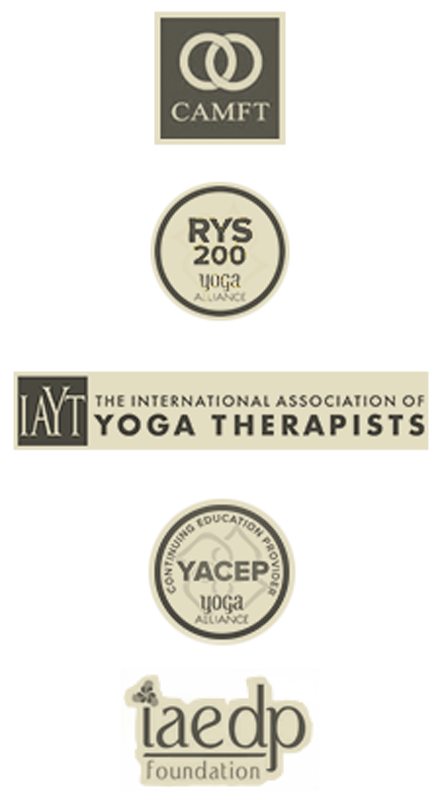Trauma Informed Yoga: Frequent Questions
What is the difference between Trauma Informed Yoga and regular yoga classes?
- In Trauma Informed, very intentionally, we steer clear of directive language and use invitational language to make the yoga practice a practice of choice. This choice practice allows more empowerment for students, reclaiming part of what was lost during the traumatic experiences.
- The emphasis of proper technique has less to do with form or postures of yoga and more to do with how participants are feeling in their bodies. Though the instructor still looks at proper form to prevent injury in the practice, the overall goal is allowing students to find postures, variations of postures, or shapes with the body that allow them to feel safe, connected to their bodies, and supported. The goal of trauma informed yoga is to provide participants with a safe space to focus on the power of their body to inform decision making, therefore strengthening body awareness and fostering a sense of agency, something that has generally negatively impacted by trauma.
- The yoga studio environment, music, and space is generally designed to be free of triggers of traumatic memory.
- Little to no assistive touch: cue cards are generally provided for students to place on their mats, signaling if they are open or closed to assistive touch by the instructor. Most of the time, no touch is used in a trauma informed class.
- The structure of classes is predictable to create a container of knowing, something also lost in trauma. The teacher is predictable, the environment is consistent, and the yoga flows are often similar so that students can not only deepen their practice of yoga but also feel safe in knowing what to expect in a particular class.
What Are The Benefits of Trauma Informed Yoga?
- Improvement in the body-mind connection.
- Calming of the nervous system: yoga activates the parasympathetic nervous system, responsible for the rest and digest signals from the brain to the body.
- Emphasizes the present-interoceptive awareness (as students are encouraged to notice breath and sensations in the body), rather than floating back to stressful or traumatic events.
- Helps reclaim sense of control-when a person experiences trauma, their capacity to cope is overwhelmed, leaving them feeling powerless. Trauma informed yoga can support a sense of empowerment as students to build self-trust and self-leadership skills.

